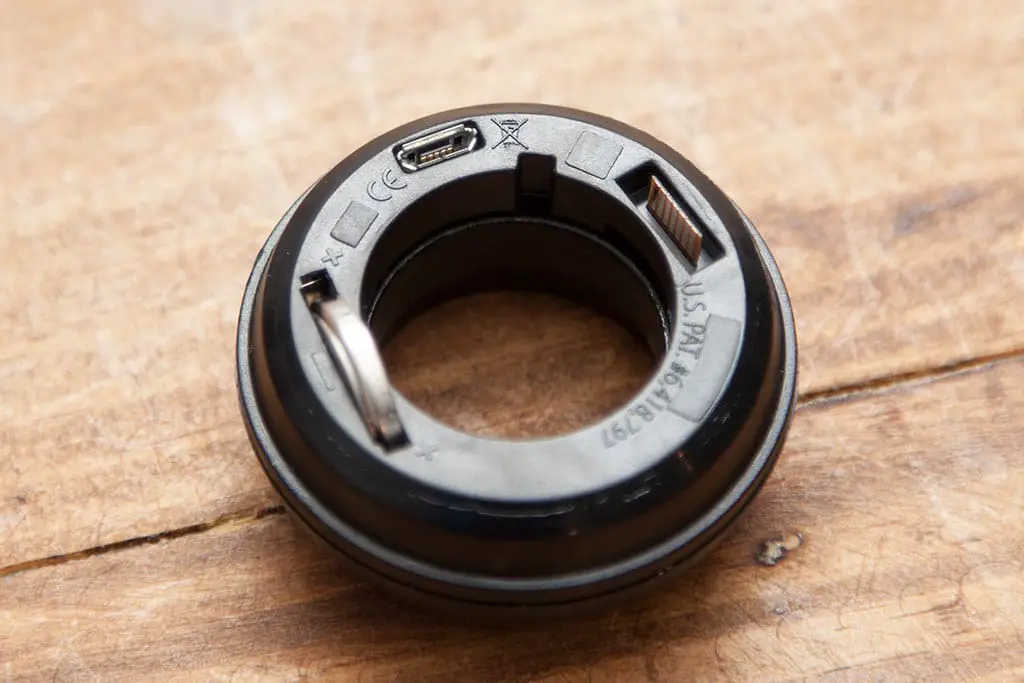Re: Re:
Hello Jonnyboy
Somehow I've managed to miss this post...
Is there a HowTo on the disassembly of these hubs at all? I don't want to louse it up. It still sort of works at the moment, which is better than nout!
jonnyboy666":2uw566ba said:i have done bearing services on those hubs before, but not diagnostics, truth be told i am not impressed with them, that said they do come apart very simply like any sealed bearing hub, what i am not impressed with is the fact that on the 2 i have serviced the bearings on the sensor on the axle is literally sellotaped in place, so my advice is pull it apart and check the sensor is taped in place and has not come loose from the axle, that would be my first guess for dodgy readings.
Hello Jonnyboy
Somehow I've managed to miss this post...
Is there a HowTo on the disassembly of these hubs at all? I don't want to louse it up. It still sort of works at the moment, which is better than nout!

